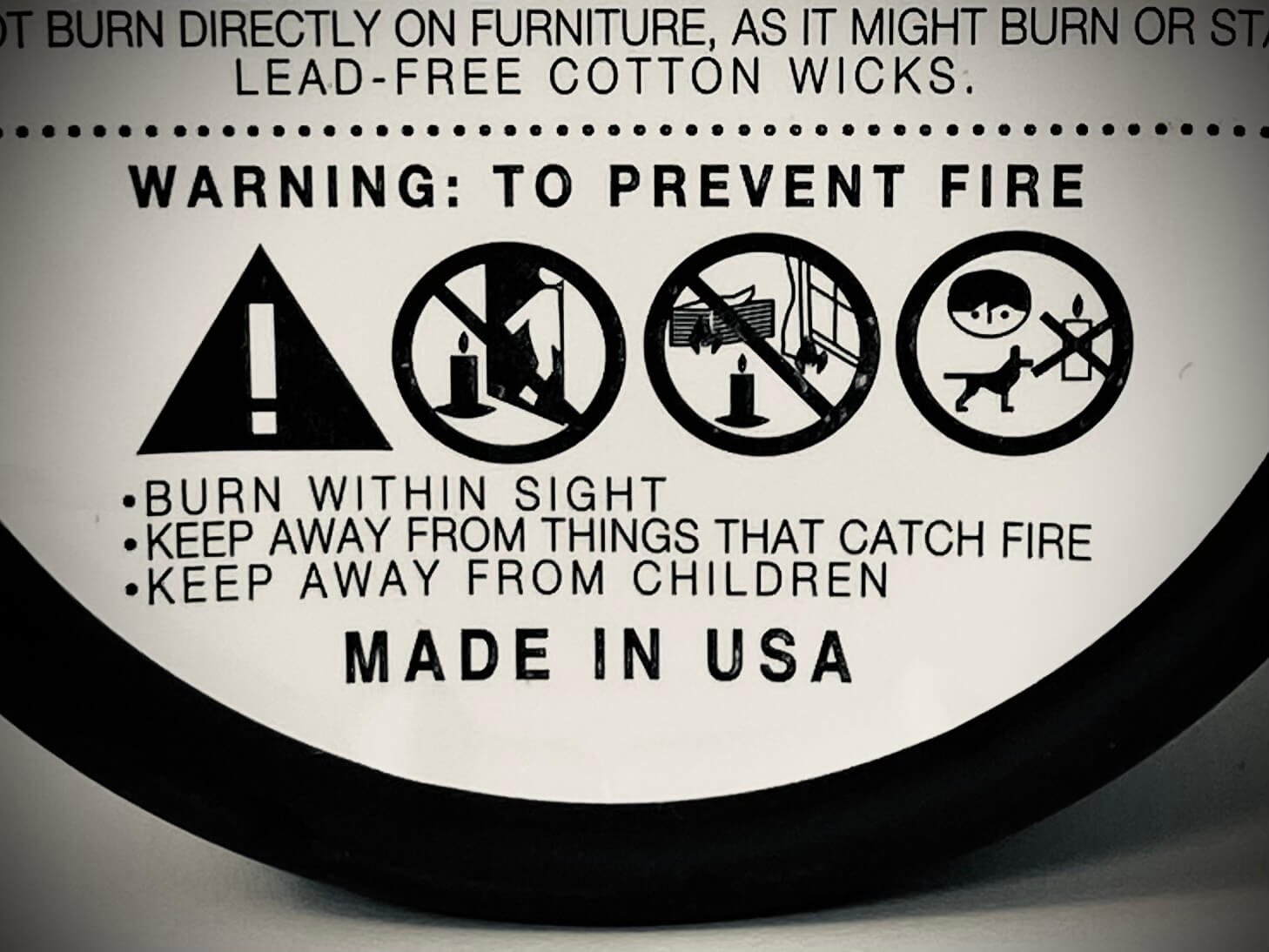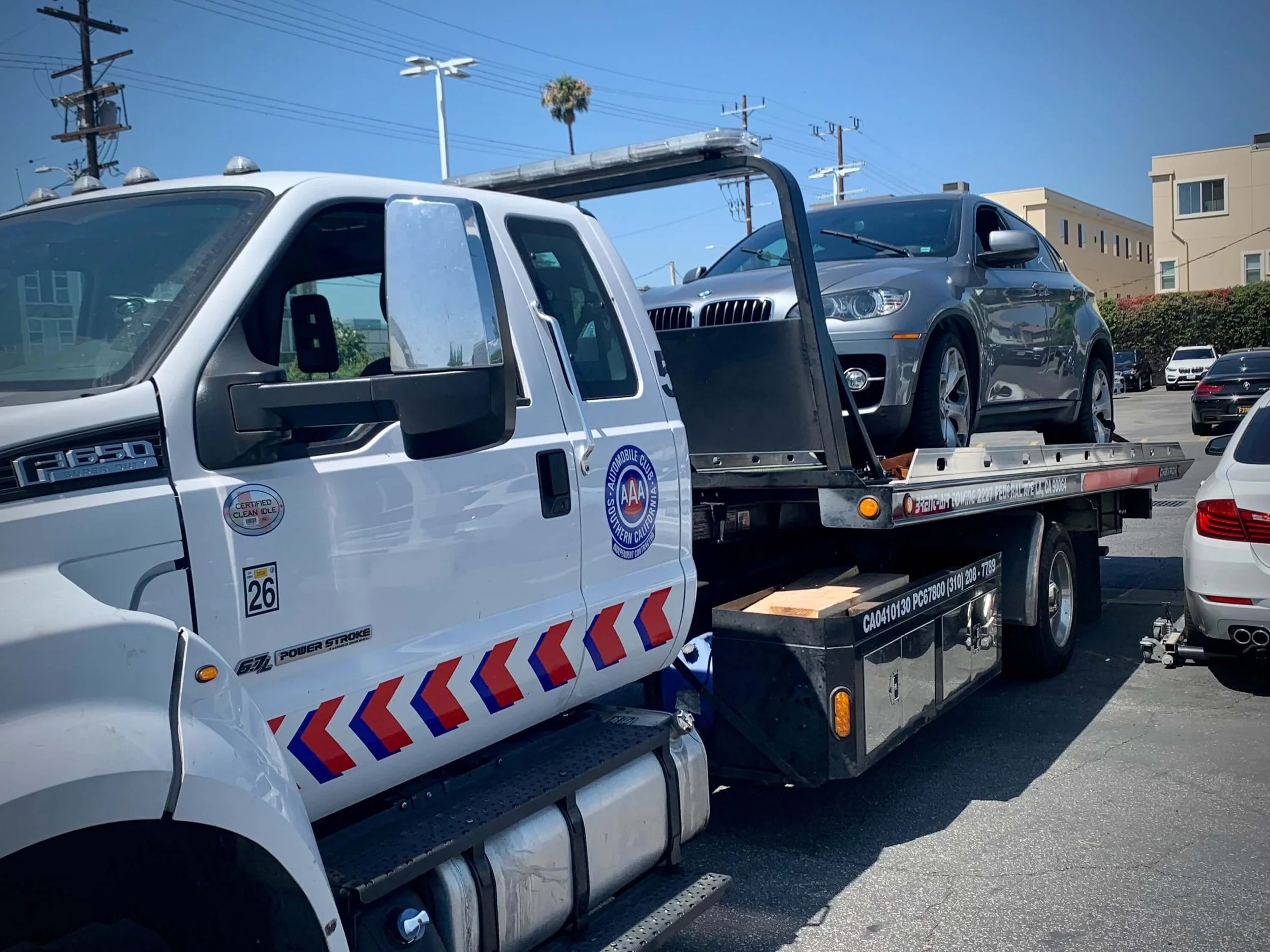The Paradox Of Investing In New Customers...
Brands need to focus more on acquiring new customers in order to grow. It’s advice that has become increasingly widespread.
The ball started rolling with the publication of How Brands Grow by Byron Sharp in 2010. This demonstrated that brands grow by increasing market penetration, and that attracting new customers is more cost effective than increasing purchase frequency among existing customers. More recently, McKinsey has urged brands to place more emphasis on the moments when consumers are initially considering which products or services to buy, to ensure they're included in the initial consideration set.
The prescription for doing this invariably involves reaching all buyers in the particular category on a frequent basis, with distinctive brand assets that are easily recalled, so that they gain a clear enough sense of the benefits and value offered by the brand to include it in their consideration set.
It’s a playbook that seems to have been embraced by many consumer goods companies, which have the resources and scale to continuously reach all buyers. After all, it’s pretty much how all the big consumer brands from Coca Cola onwards were built.
And yet, big brands everywhere continue to struggle. For example, the market share of the top ten beer brands in the US has fallen from 66% a decade ago to 50% in 2017. Growth has come not from the next generation of big brands, following a similar playbook, but instead from a multitude of smaller craft-based brands, which take a very different approach.
In today’s connected world, there are three issues which have made the big brand playbook less effective:
First, it’s increasingly difficult, if not impossible, to continuously reach all buyers in a category. This was the strength of traditional mass advertising, but media and consumer attention has fragmented, while digital content has exploded. And although money spent on digital advertising finally eclipsed TV in 2017, digital marketing has so far proven better suited to reach smaller, more specific audiences.
AI may perhaps enable brands to reach larger audiences in the digital world by scaling personalization, but the rise of ad blockers, Facebook’s recent prioritization of friends and family content, and the impending GDPR legislation in Europe all suggest that is only going to get harder to reach all buyers.
Second, even if this reach and frequency were possible, there are now so many choices, that brands need to have interesting products or services that people actually want in their lives. Craft or niche brands with an authentic story are generally more appealing than mainstream consumer brands. For example, when it comes to a straight choice between McDonalds or In-N-Out Burger, the latter tends to win out because it’s more authentic, having remained true to its founding values.
Third, brands are increasingly defined not by their marketing communication, but by their customers experience of the brand, and by the sharing of that experience. The strength of In-N-Out comes from its enviable word of mouth rather than its marketing spend, which is virtually non-existent by the standards of the fast-food industry. In contrast, McDonalds has spent heavily on advertising and promotion but has struggled for growth; and is now trying to reinvent its customer experience.
All this presents a paradox. Reaching new customers requires a distinctive brand experience that generates positive word of mouth. And that means investing in a brand experience that inspires, and in encouraging existing customers to spread the word.
Paradoxically, the best investment in new customers is to look after the existing ones...









